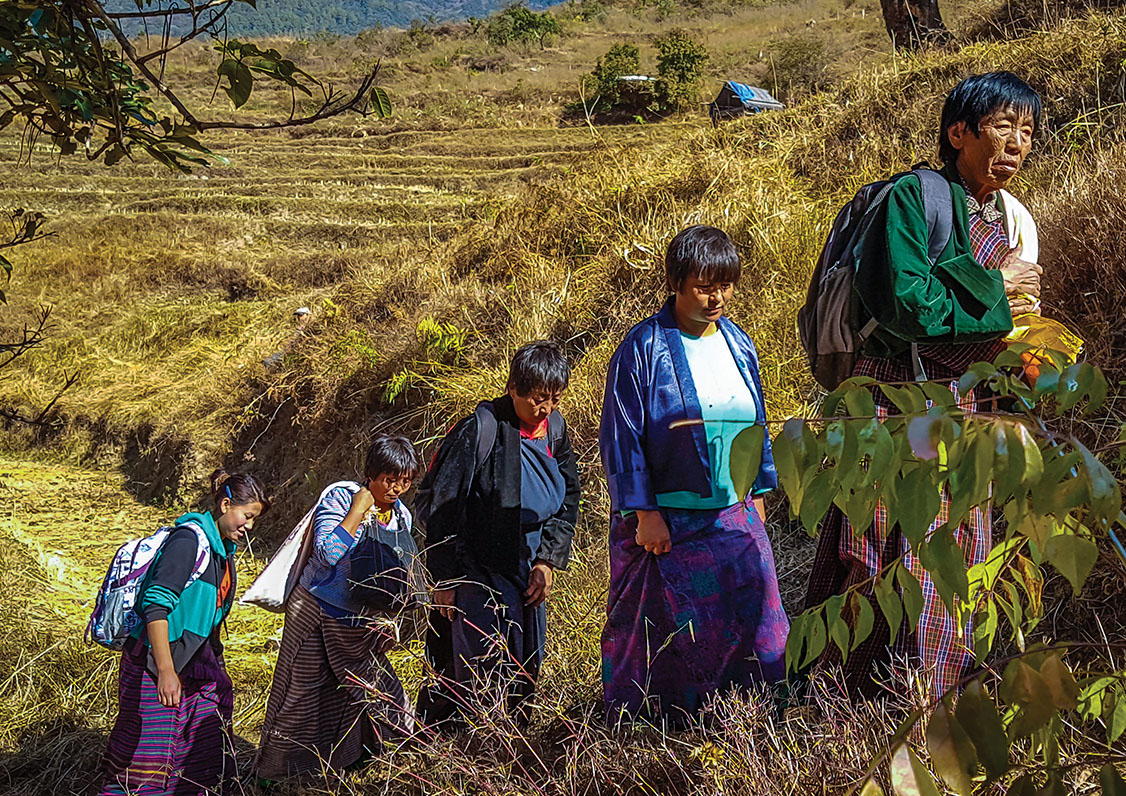Step 3.3B: Underlying drivers and levers of change
The true nature of problems is not always clear at first glance. Instead of spending scarce resources alleviating the immediately obvious symptoms, an understanding of underlying sources can guide a more effective response. A root cause analysis is a common approach to doing this.
While traditional root cause analysis is mostly applied to negative trends—the problems—BIOFIN should also consider positive trends in biodiversity. For example, in South Africa the increase of communal and privately protected areas was considered a positive trend to expand areas under protection. However, the long-term management of these protected areas would have been sustainable only with increased government support.
Root causes analysis has numerous methodologies. The “Five Whys” is among the easiest to implement. The logic is to keep asking ‘why’ until the root cause(s) is drilled down. Five is just an indication of the number of iterative ‘why’ questions. If one of your answers results in assigning blame, you’ve probably not reached the end of the questioning.
Each biodiversity trend investigated may have multiple root causes. In the example above, the answer to why farmers are not being penalized for illegal ploughing might be that environmental management authorities are not monitoring illegal ploughing, as well as that the legislation defining illegal ploughing is ambiguous and not holding up in court.
When identifying the root cause of a positive trend, a good place to stop asking ‘Why’ is when an answer helps identify what is required to support the biodiversity trend. In the example below, this is about funding communal protected areas.
A root cause may be an economic and/or a financial driver. For example, in the Philippines, the prevalent use of explosives in fisheries can be traced to low financial penalties. The analysis might find that an underlying driver is not financial in nature but can still be addressed effectively by a finance solution. Box 3.6 and 3.7 below describe two more methodologies to identify root causes: the Driver-Pressure-State-Impact-Response Analysis and a Political Economy Analysis.

Box 3.6: Driver-Pressure-State-Impact-Response (DPSIR) Analysis
The DPSIR has been used for environmental management issues for several decades. It can effectively help to identify and track indicators and includes several types of feedback loops. Various internet sites have more information on DPSIR.20
A number of approaches have been used to develop and structure indicators. The DPSIR model is a common causal framework for describing the interactions between society and the environment. It is based on the PSR framework model proposed by OECD in 1993. The DPSIR indicator categories can be defined as follows:21
Driving forces are the social, demographic and economic developments in societies and the corresponding changes in lifestyles, overall levels of consumption and production patterns. Primary driving forces are population growth, development and activities of individuals. These primary driving forces provoke changes in the overall levels of production and consumption
Pressures include the release of substances (emissions), physical and biological agents, resource use and land use. The pressures exerted by society are transported and transformed into a variety of natural processes which manifest themselves in changes in environment conditions.
State is the abiotic condition of soil, air, water, as well as the biotic condition (biodiversity) at ecosystem/habitat, species/community and genetic level.
Impacts on human and ecosystem health, resource availability and biodiversity result from adverse environmental conditions.
Responses are the measures taken to address drivers, pressures, state or impacts. They include measures to protect and conserve biodiversity (in situ and ex situ), and include, for example, measures to promote the equitable sharing of the monetary or non-monetary gains arising from using genetic resources. Responses also include steps to understand the causal chain and develop data, knowledge, technologies, models, monitoring, human resources, institutions, legislation and budgets required to achieve the target.
The specification sheet for each indicator contains a classification of the indicator in one of the DPSIR categories.22